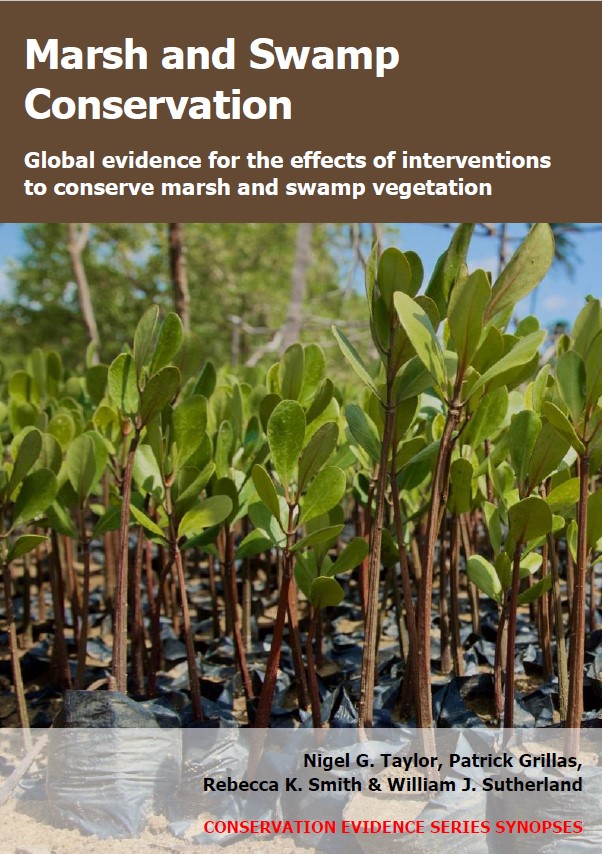Reduce intensity of vegetation harvest: freshwater swamps
-
Overall effectiveness category Unknown effectiveness (limited evidence)
-
Number of studies: 1
View assessment score
Hide assessment score
How is the evidence assessed?
-
Effectiveness
60% -
Certainty
30% -
Harms
0%
Study locations
Supporting evidence from individual studies
A replicated, controlled study in 2006–2011 in a forested wetland in northeast China (Mu et al. 2013) found that plots harvested at lower intensities typically contained more trees, but that understory shrub biomass peaked at intermediate harvest intensities and herb biomass was not significantly related to harvest intensity. After five years, above-ground tree biomass was greatest in plots harvested at low intensity (low: 129; medium: 100; high: 88 t/ha; statistical significance not assessed). Accordingly, density, diameter and basal area of the two most common tree species typically declined with increasing harvest intensity, and otherwise did not clearly or significantly differ between intensities (see original paper for data). Shrub biomass was greatest in plots harvested at medium intensity (low: 0.6; medium: 4.8; high: 2.0 t/ha). Herb biomass did not significantly differ between harvest intensities (low: 2.2; medium: 3.5; high: 2.6 t/ha). Methods: Nine 20 x 30 m plots were established in a forested wetland. In autumn 2006, trees were mechanically cut and removed from all nine plots: three at low intensity (25% of tree volume removed), three at medium intensity (35% volume removed) and three at high intensity (50% volume removed). Trees were counted and measured in May and October 2011. Vegetation samples were cut in August 2011, then dried and weighed.
Study and other actions tested
Where has this evidence come from?
List of journals searched by synopsis
All the journals searched for all synopses
This Action forms part of the Action Synopsis:
Marsh and Swamp Conservation
Marsh and Swamp Conservation - Published 2021
Marsh and Swamp Synopsis





)_2023.JPG)














